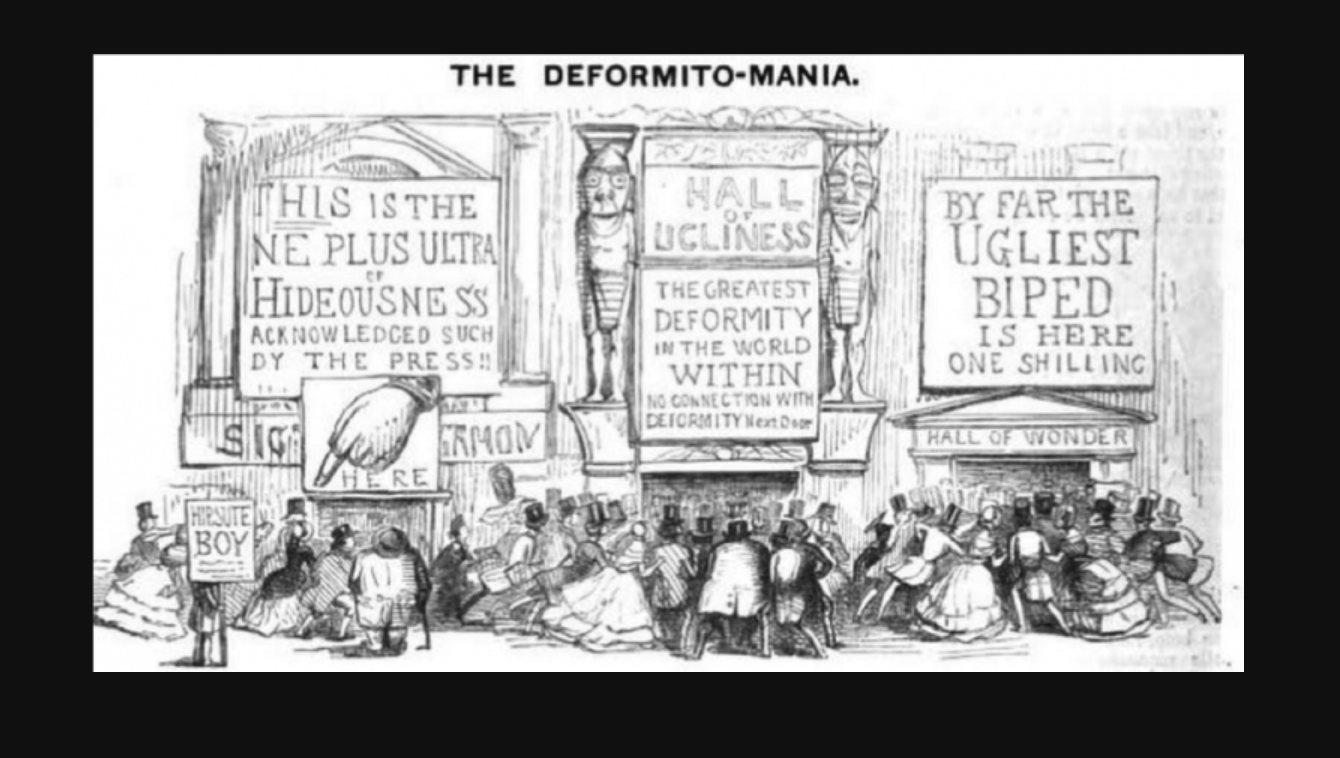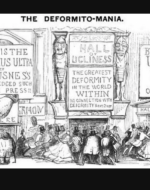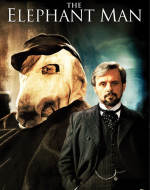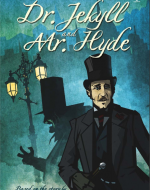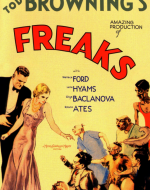Created by Julia Furman on Mon, 04/26/2021 - 18:45
Description:
Throughout history, freakshows have often been a staple of circuses and popular culture and have a rather fascinating history, despite the negative connotation to its name. First rising into popularity during the Victorian era, freakshows were created to, in a sense, make a spectacle of the disfigured. However, even though freakshows still exist in some form, like in Coney Island, the way society as a whole sees disabled people has evolved as time progressed.
But to understand how things have changed, we must first look at how they started. This is one of many advertisements for Victorian era freakshows - Punch’s, “The Deformito-Mania.” Notice how phrases such as “the greatest deformity” and “the greatest phenomena'' keep popping up - the ads were made to draw attention to the perceived “oddness” of the people who worked in these freakshows. I also notice that every ad draws their features in great detail, presumably to attract more potential customers. And advertisements like these are not the only media that portray disabled people as spectacles to be witnessed.
One such portrayal is The Elephant Man, a 1980 film based on the life of the real person who went by that name. There is a lot to pick apart in this movie. Joseph Merrik, the titular Elephant Man, is treated more like an animal than a man - even having a “handler.” In one of the first scenes, Dr. Frederic looks on as the ringleader explains the story of how he became so disfigured and earned the name “elephant man”: Supposedly, his mother was thrown from the back of an elephant. He somehow survived the impact, but became horribly deformed. Though this is a film adaptation, it portrays how disabled people in freakshows were treated very accurately. Even the music is chosen to invoke a feeling of awe and horror in the viewers, representing the reactions of the onlookers when they see the “freaks” in the freakshows.
While not a conventional depiction of freakshows, The Strange Case of Dr. Jekyll and Mr. Hyde by Robert Louis Stevenson is nevertheless an interesting window into how Victorian era society viewed “freaks.” This iconic Victorian novel offers one of the most interesting portrayals of deformity in literature. Mr. Hyde’s exact defects are never described - at best, he is described as dwarfish, with a face that simply looks evil - but what is described is everyone else’s horror at seeing him. It is believed that this is meant to show that, theoretically, the only reason disfigurements are seen as abnormal is because the majority of the public considers them so, as well as implying that the abnormal can hide within the normal.
Over time, these views, primarily based on horror and awe, started to change a little after the Victorian era. Granted, disfigured people were still seen as a spectacle, but they were starting to be seen as less “monsters” and more “heroes.” This film, made in 1932, a little after the Victorian period, showcases this idea in an interesting way. The film follows a gang of circus performers; a trapeze artist named Cleopatra plans to marry midget man Hans for his large inheritance, but his friends have other plans. The titular “freaks” are interestingly portrayed as the heroes, in a sense. Putting the deformities aside, they just want to protect their friend from a gold digger, even though they might have taken it a step too far by mutilating and disfiguring Cleopatra, making her one of them.
Views on freakshows kept evolving with society and popular culture. Today, freakshows are often portrayed in a negative light by the media, often being used as an element of horror in movies and shows, such as American Horror Story. However, the fact that some freakshows are still around show that the core purpose of showcasing things out of the ordinary is still relevant in today’s society.

